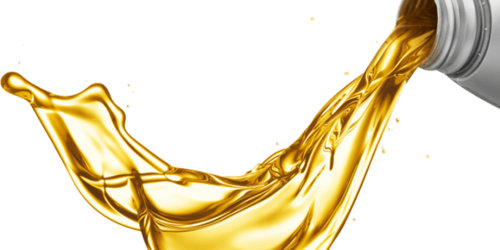Base oils (1) – Classification
Today, all lubricants, both mineral-based and synthetic-based, need additives to create the desired properties in order to have the desired performance. These synthetic chemicals, which are usually organic or organic metals, while giving new properties to the lubricant, can enhance some of the properties of the lubricant and prevent some undesirable phenomena in the lubrication system.
Additives added to a lubricant may enhance each other’s effect or reduce each other’s effect. The efficiency and quality of a lubricant made from a good quality base oil will depend greatly on the type and amount of additives.
If you do not use the right quality base oil, additives can not increase the performance to the desired extent. Systems in which lubricants use additives in a proper and balanced manner will be more efficient and the lubricant life of these systems is long. The type and amount of additives is very important and is one of the secrets of any lubricant factory.
Base oils are very different from each other in molecular components and therefore in physical and chemical properties. The American Petroleum Refining Association (API) and the European Technical and Industrial Association of Lubricants (A.T.I.E.L) have initially divided their base oils into four categories based on their chemical components. After the production of oils with very high viscosity index in Europe, this category was increased to five groups.
The classification made by the American Petroleum Association in 1993 based on the weight percent of saturated compounds, the weight percentage of sulfur and the viscosity index is given in Table (1). It should be noted that base oils are classified only on the basis of physical and chemical properties and can not be classified on the basis of production method because the production method alone does not indicate the quality level of the base oil.
Table (1) Types of base oils based on API classification
| Group | Saturation (wt%) | Sulfur (wt%) | Viscosity Index | Component | Production Method |
| I | 90 > | 0.03 > | 80 – 120 | Normal paraffins-naphthenics-polar compounds-isoparaffins Purification by solvent | Extracxtion |
| II | 90 ≤ | 0.03.≤ | 80 – 120 | Naphthenic acid-Isoparaffins-Normal paraffins Hydrofoaming | Hydrotreating |
| III | 90 ≤ | 0.03 ≤ | 120 ≤ | Isoparaffins Intense hydrofoaming | Severe Hydrotreating |
| IV | Polyalfa Olefins (PAO) Multipart | Multipart | |||
| V | All base oils except oils in groups 1 to 4. different ways | Different Method | |||
According to the data in Table (1), it is determined that by moving from group I to group III, the percentage of paraffins increases. Group I base oils are different from Group II oils and Group III oils are significantly less impure compared to these two groups. Group III oils are so pure that they are almost colorless. This group of oils is also called conventional oils or base oils with very high viscosity index (VHVI).
Group IV includes all polyalphaolefins that are used in pure form as well as in combination with mineral base oils to improve lubrication conditions. Group V includes all naphthenic base oils, paraffinic oils with medium viscosity index and synthetic liquids such as esters, silicones, polyglycols and vegetable oils.

